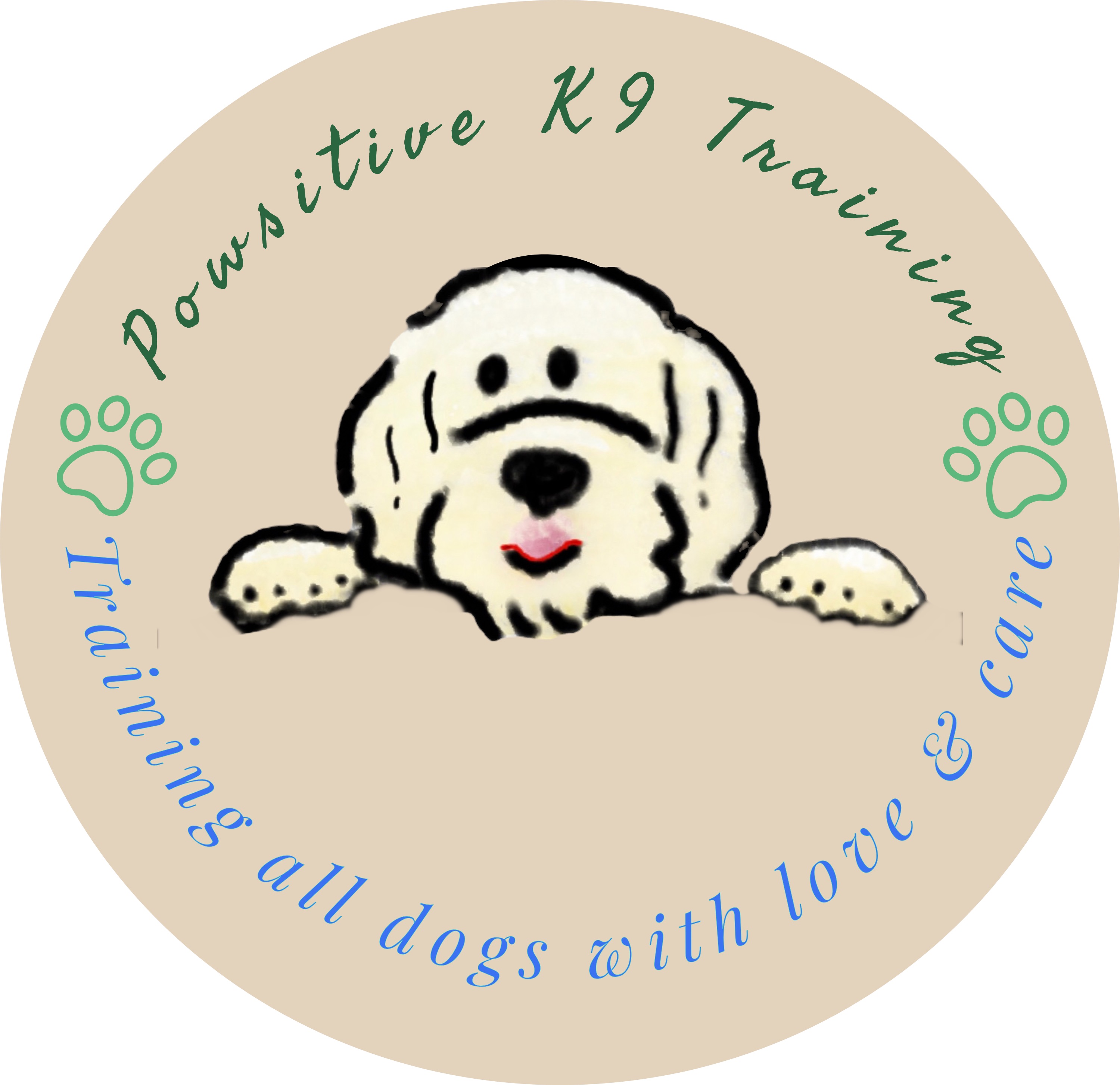The Parental Approach to Dog Training: Leadership Through Love
- Powsitive K9 Trainer

- Sep 22, 2024
- 4 min read
Updated: Jun 16

For years, dog training followed an outdated belief: to be in control, you had to be the “alpha.” Owners were told to dominate their dogs through strict rules and correction. But today, a new approach is taking its place—one based on trust, empathy, and communication. It’s called the parental approach, and it’s changing the way we connect with our dogs.
What Is the Parental Approach?
The parental model views dogs much like children. Dogs don’t think like humans. They don’t understand complex reasoning or emotions the way we do—but they do look to us for structure, safety, and guidance.
This approach replaces fear-based tactics with positive reinforcement and consistent leadership. Instead of dominating your dog, you become a guide—a safe, predictable presence who sets boundaries, teaches gently, and earns trust through kindness.
Why the “Alpha” Method No Longer Works
The alpha theory originated from flawed studies of wolf behavior in captivity. These early studies suggested wolves live in a strict dominance hierarchy—and since dogs descended from wolves, trainers assumed they should be treated the same.
But research has since shown that domesticated dogs are not wolves, and even wild wolf packs function more like families, not dictatorships. Using force to control dogs can lead to anxiety, fear, and mistrust. It might stop a behavior in the short term—but it doesn’t teach, it intimidates.
Dogs trained under dominance-based methods often shut down or act out because they don’t feel safe.
Understanding How Dogs Think
Even as puppies, dogs benefit from being raised in a nurturing environment. While they can learn amazing things, dogs don’t understand the world the way humans do. They don’t analyze behavior like we might, and they live much more in the present moment.
That’s why it’s so important to see things from your dog’s point of view. When you understand how they interpret your tone, body language, and routine, you can guide them more clearly and kindly.
Being a good dog parent means knowing when to step in—and when your dog’s got it handled. For instance, a dog could handle an aggressive encounter—but why should he have to? I’d rather my dog know I’ve got his back. That kind of trust builds a calm, confident dog.
When we travel, my own dog looks to me for help in stressful moments. During thunderstorms, when he’s scared, he finds comfort in my arms—and falls asleep knowing he’s safe. That’s the heart of this method.
The Pillars of the Parental Approach
🧭 1. Leadership Through Guidance
Instead of control, offer direction. Dogs thrive when they know what’s expected and when you enforce rules with consistency and fairness.
🎉 2. Positive Reinforcement
Reward the behaviors you want to see. Use treats, praise, or toys to encourage cooperation, not fear. This makes training enjoyable and effective.
🤝 3. Build Unshakable Trust
When dogs feel safe with you, they look to you in uncertainty. Trust creates space for learning and deepens the bond between you and your dog.
Knowing When to Let the Dog Lead
The parental approach doesn’t mean your dog is helpless—it also empowers them to act when it counts.
For example, as someone who relies on a service dog, I’ve had to trust my dog to take charge when I couldn’t. During a focal seizure, I may lose my vision and become disoriented. In those moments, my service dog must respond to my cue, navigate through crowds, and help me find a place to sit—all without me being able to guide him step by step.
This doesn’t happen because he fears me. It happens because of our training, our bond, and his confidence in himself and in me.
That’s what the parental model offers: not just obedience, but preparedness. A service dog trained with compassion is more confident, responsive, and empowered to help their person in real-world situations.
Why Dogs Look to Us for Leadership
Dogs are incredibly social animals. In our homes, they see us as their source of safety, care, and structure. When we provide clear routines and consistent expectations, our dogs feel secure—just like a child does with a stable parent.
When your dog knows the rules and sees that you stick to them gently but firmly, they don’t have to guess. They don’t feel anxious. They can relax and engage with the world more confidently.
How to Use the Parental Approach at Home
✅ Set Clear Boundaries
Decide what’s allowed and stick with it. Be calm but consistent.
🎁 Reinforce the Good
Reward the behavior you want—immediately and generously.
💬 Communicate Clearly
Use simple cues, a calm tone, and confident body language.
🕰️ Keep a Routine
Feeding, walking, sleeping—structure helps dogs feel safe and settled.
Real-Life Results
Many dog owners who switch to the parental model report dramatic improvements in behavior. One family’s reactive dog became calm and responsive after trust-based training replaced dominance tactics. Another puppy, once resistant to commands, quickly adapted with structure, consistency, and praise.
And as I’ve seen firsthand with my own service dog, this model creates partners—not just pets.
Final Thoughts: Be the Leader They Deserve




Comments